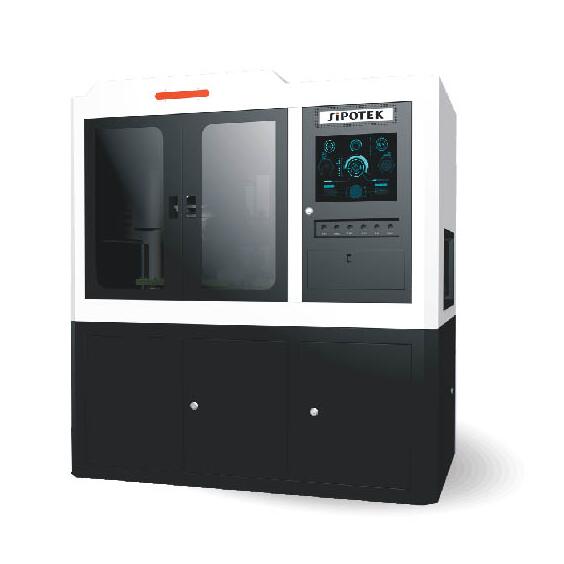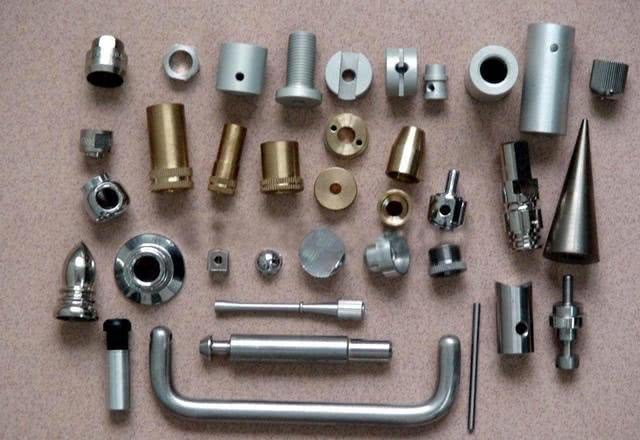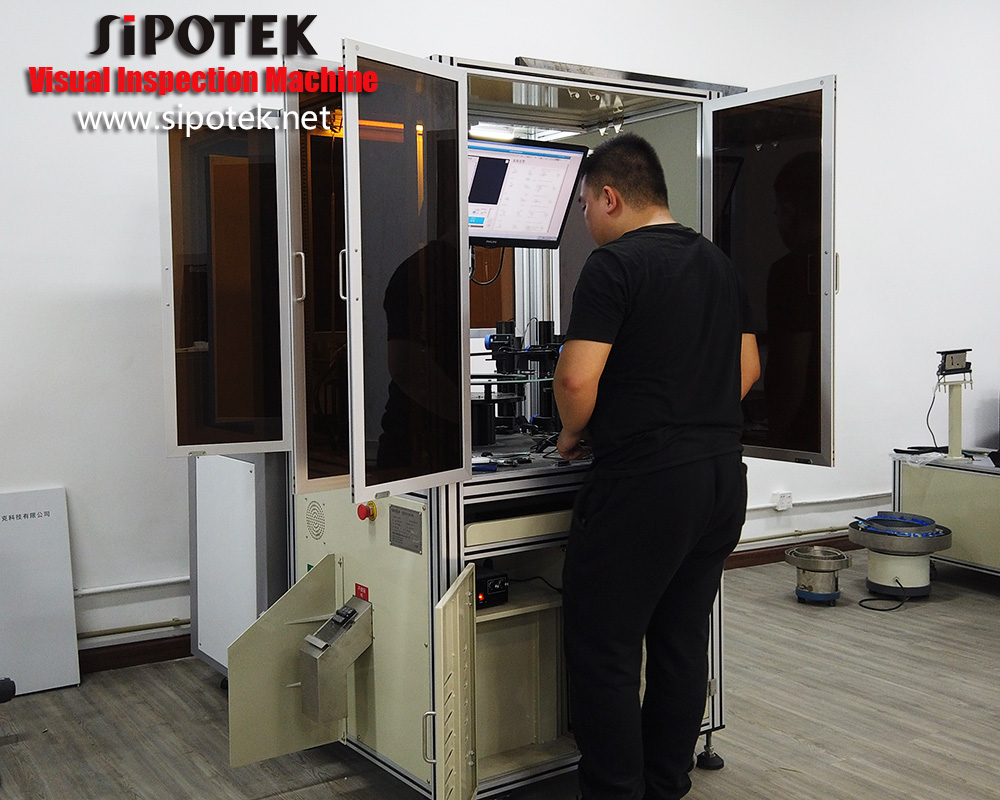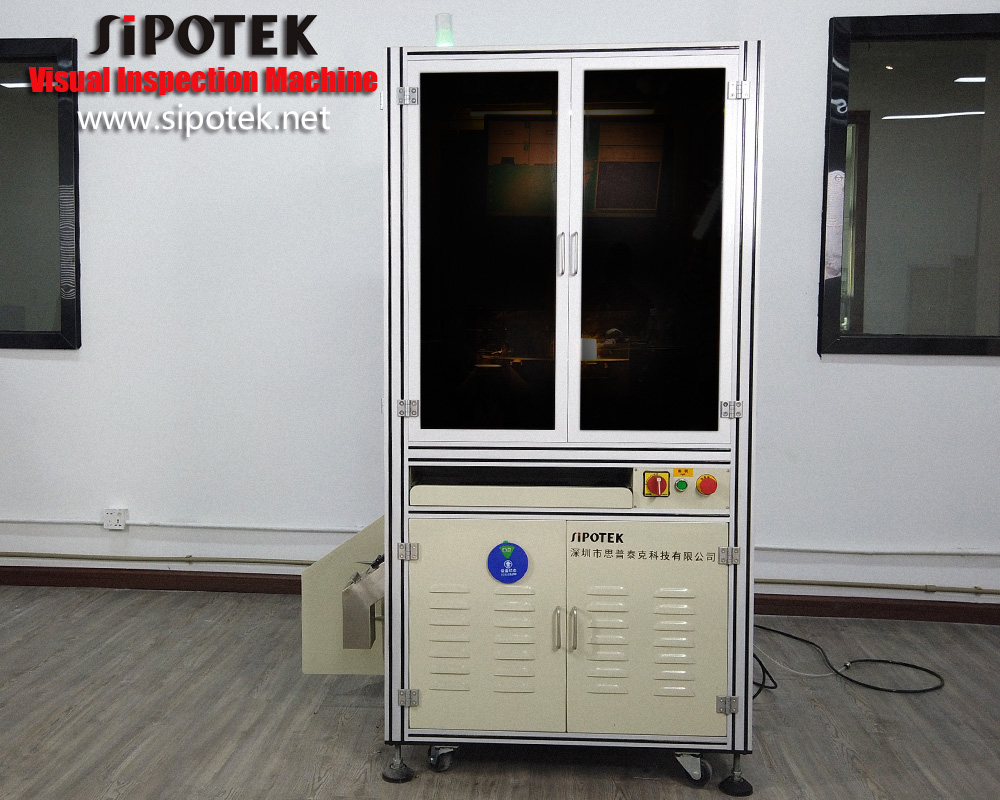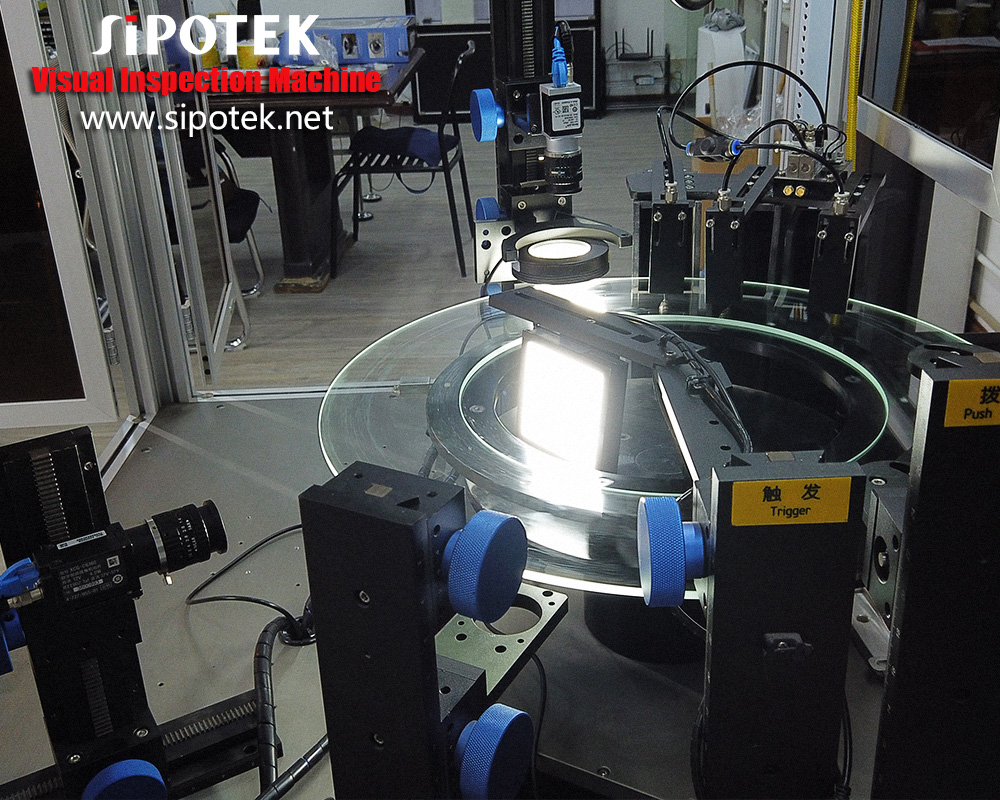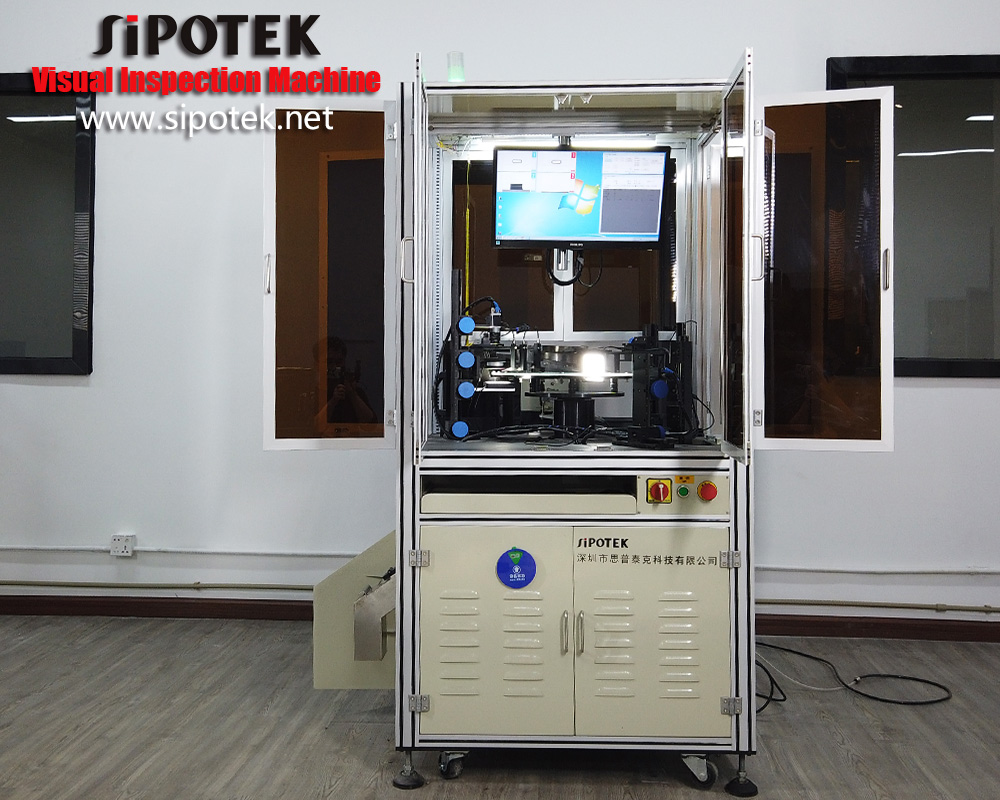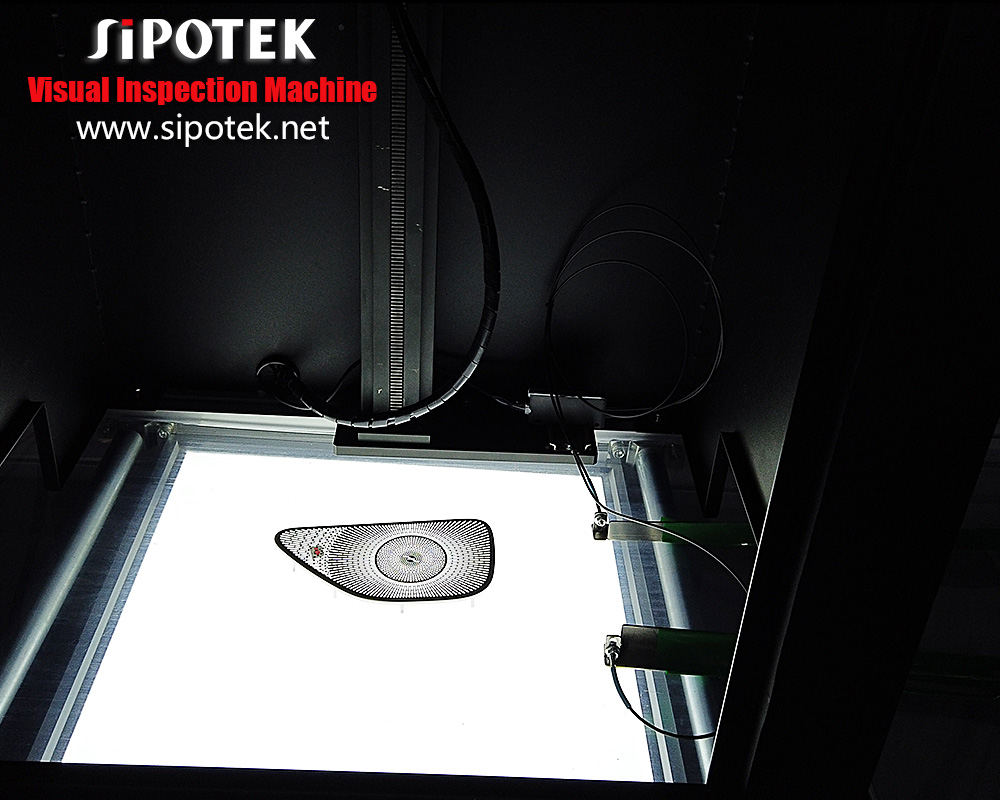“Don’t expect the computer to be as smart as a human brain.”…or to work like one.
Engineer Jon explained why vision inspection systems can’t do everything you want.
How the Human Brain Processes Images
Your brain is a pattern recognizing machine. Primed with a lifetime of learned patterns, it can quickly identify and categorize nearly anything you can see. Even when pictures aren’t clear, you can probably make a good guess just based on context. You know where you are, what you’re looking for, and you’ve got the additional benefit of all your other senses.
When you’re considering a vision inspection task, you also have deep knowledge about the product you’re inspecting, the process that created it, and the things that can go wrong. That helps immensely in determining if something is a good part or reject.
Unlike a computer, your brain is very flexible and readily learns from experience. You can quickly and effortlessly learn new product categories or defect types. You can recognize patterns without having to be taught. If you don’t see what you’re looking for in the place you expect, you’ll look elsewhere. Even fuzzy or distorted images are recognizable to the human brain, and you’ll usually get better over time.
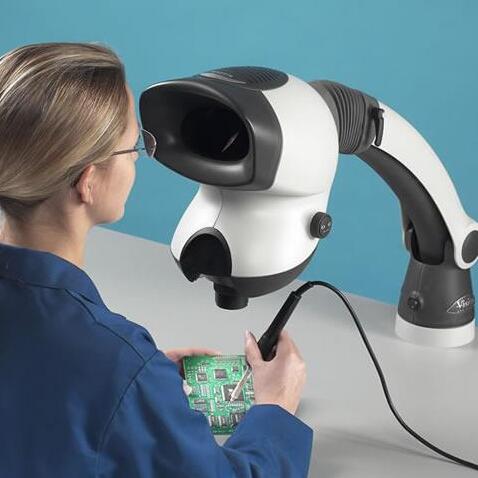
While the human brain is supreme when it comes to pattern recognition (also called categorization in vision systems), it has some limitations. It can be inconsistent from person to person or day to day, sometimes slow, and it’s not numerical, so things like measurement from visual inputs are difficult.
How Industrial Vision Inspection Works
On the other hand, when you’ve got an automated vision inspection system, it only knows what you tell it. It has no idea about the process or the part, no stored bank of patterns to recognize, no awareness of context, and no other senses.
The programmed system is very rigid in its approach to finding, categorizing, and measuring features. Each step of the process has to be specifically set up by the programmer, so it won’t improve over time without help, it won’t learn new patterns, and it won’t look anywhere else if it doesn’t find what it’s looking for.
This ridgid approach has its benefits, as well. It tends to be fast, consistent, and numerical, all important features for industrial processes. It’s also very good at measurement tasks.
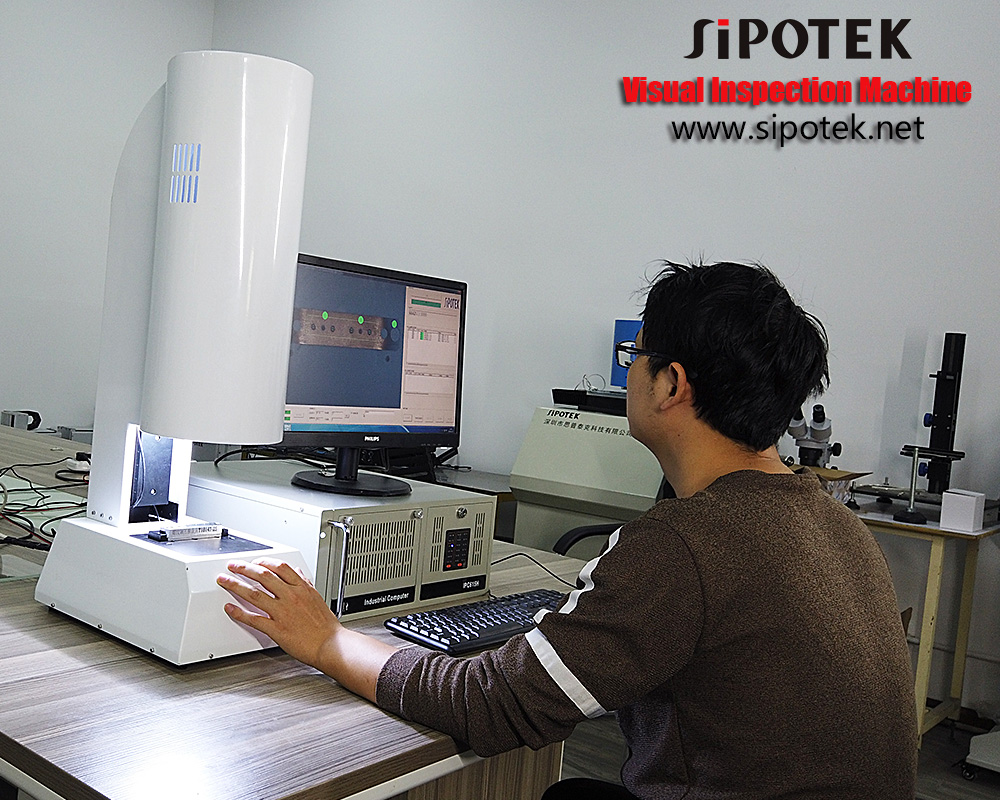
Sipotek Visual Inspection Machine 13
Simplicity is important for automated inspection. Setup the camera and lighting to collect images with high contrast on the features of interest and low contrast on everything else. This helps simple algorithms (compared to your brain) to be effective. Simple algorithms process faster, and they’re more feasible from a programming perspective.
About us
Started in 2002, Sipotek Technology is located in Shenzhen in China. The company designs and manufactures visual inspection systems with its avant-garde R&D department and a great experience in artificial vision technologies. The Sipotek Technology staff supports customers 360 degrees, from listening to their requests to the development of ambitious machines for quality control.
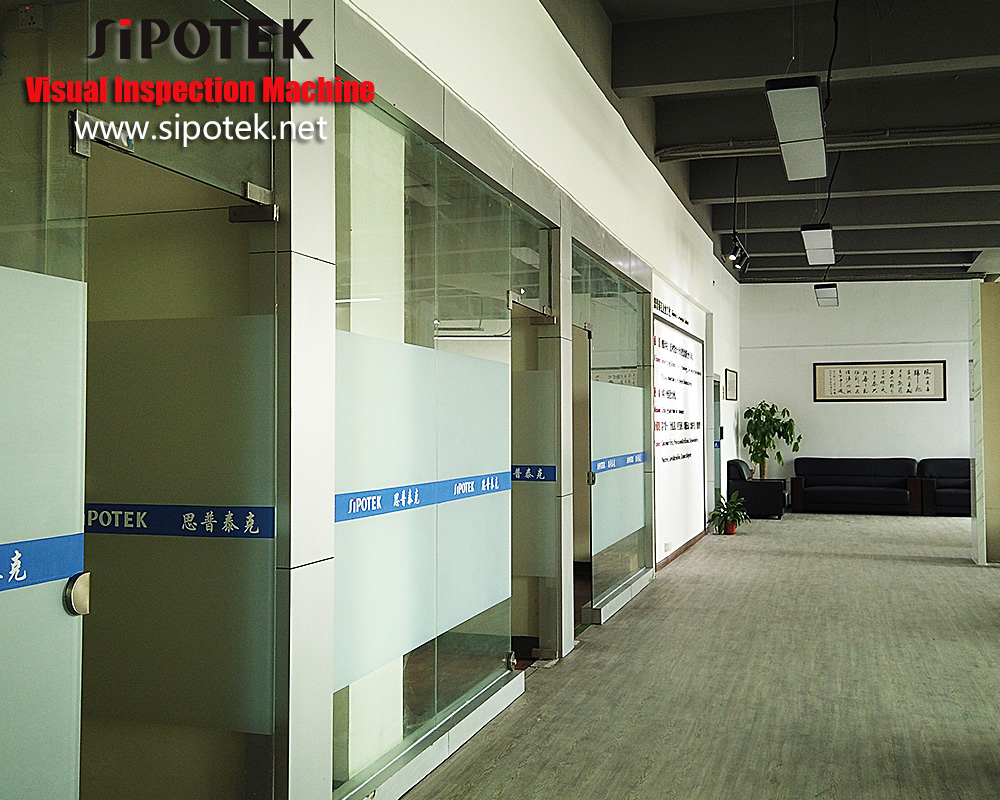
For Product Inquiries:
Contact Person: James Yuan
Company: Shenzhen Sipotek Technology Co., Ltd
Tel: 86-186 1718 2707
Email: [email protected]
Website: http://www.sipotek.net/machines/




